Appalachia is My Name,
Photos of my Appalachian Ancestors, myself and places I've roamed in the Appalachian Mountains.
music by: Cathead77
Here we share some about our journey-both in and out of the woods.
Appalachia is My Name,
Photos of my Appalachian Ancestors, myself and places I've roamed in the Appalachian Mountains.
music by: Cathead77

Here on the Cumberland Plateau the Morel mushrooms are sometimes referred to as "Dryland Fish."

Morels can appear overnight and are a gift of the early spring woods. I have heard all my life an old saying that says when Oak tree leaves are the size of mouse ears it's time to look for Morels.

They can be very hard to spot even to the well trained eye! You have to really key in on what your looking for and it definitely gets a little easier with experience. I've had days when I've walked several miles and haven't found any at all and other days I feel as if I've hit the mother load! Anyone who knows me knows this is my favorite time of year!

Morels are often found around certain types of trees depending on what area your from. So I definitely recommend learning the different types of trees if you want to become a seasoned mushroom hunter. Here on the Plateau I like to watch under fruit trees, Tulip Popular ,Cedar, White Pines, Sycamore, Hickory, and Ash trees just to name afew.

If your lucky enough to spot a Morel take note of what type of trees are nearby and the area because usually they will grow in the same general area year after year.
These mushrooms will not grow unless the soil and weather conditions are just right. A wet and warm Spring is generally a good sign of a great mushroom season.

Usually the first Morels of the season tend to be darker and found on the Southward or South Westward slopes because in early Spring the ground in those areas usually seem to warm up faster. Soon to follow you will start finding them in other areas as well. The Morels in the later part of the season tend to be more yellow, white, and grey. The Morel mushroom season is very short usually only lasting 3 to 4 weeks.
Some mushrooms are very toxic and afew can be fatal ! So I recommend being 100% sure you know what your doing when gathering any wild mushroom. Even with Morels there is a False Morel that is very toxic and to the untrained eye can be very misleading. (So be very careful and learn how to tell the difference!!! "
NEVER eat any mushroom that you aren't 100% sure is safe!
~Backwoods Adventures~
I was honored to be invited to come explore the longest recorded cave in the state of Tennessee.
Blue Springs Cave is located on private property so we jumped upon the offer to let us come explore and get afew pictures of this one!

We are excited and looking forward to another great summer here at Backwoods Adventures. Let's get out and explore!

This year we had a special event take place in the night sky on Feb.10 ! We just had an amazing Full Moon called the Snow Moon but at the same time we had a Lunar Eclipse and also had a Comet passing by.

This months Full Moon was named the Snow Moon many years ago because this is the month we usually get our heaviest snow.
Some of the Native American tribes also referred to this Moon as the Hunger Moon because it was a very hard month for the Native Americans due to the fact hunting for game becomes difficult because of heavy snowfall that is often on the ground.

This hiking trip I was honored to have the chance to follow the footsteps of some of my ancestors.
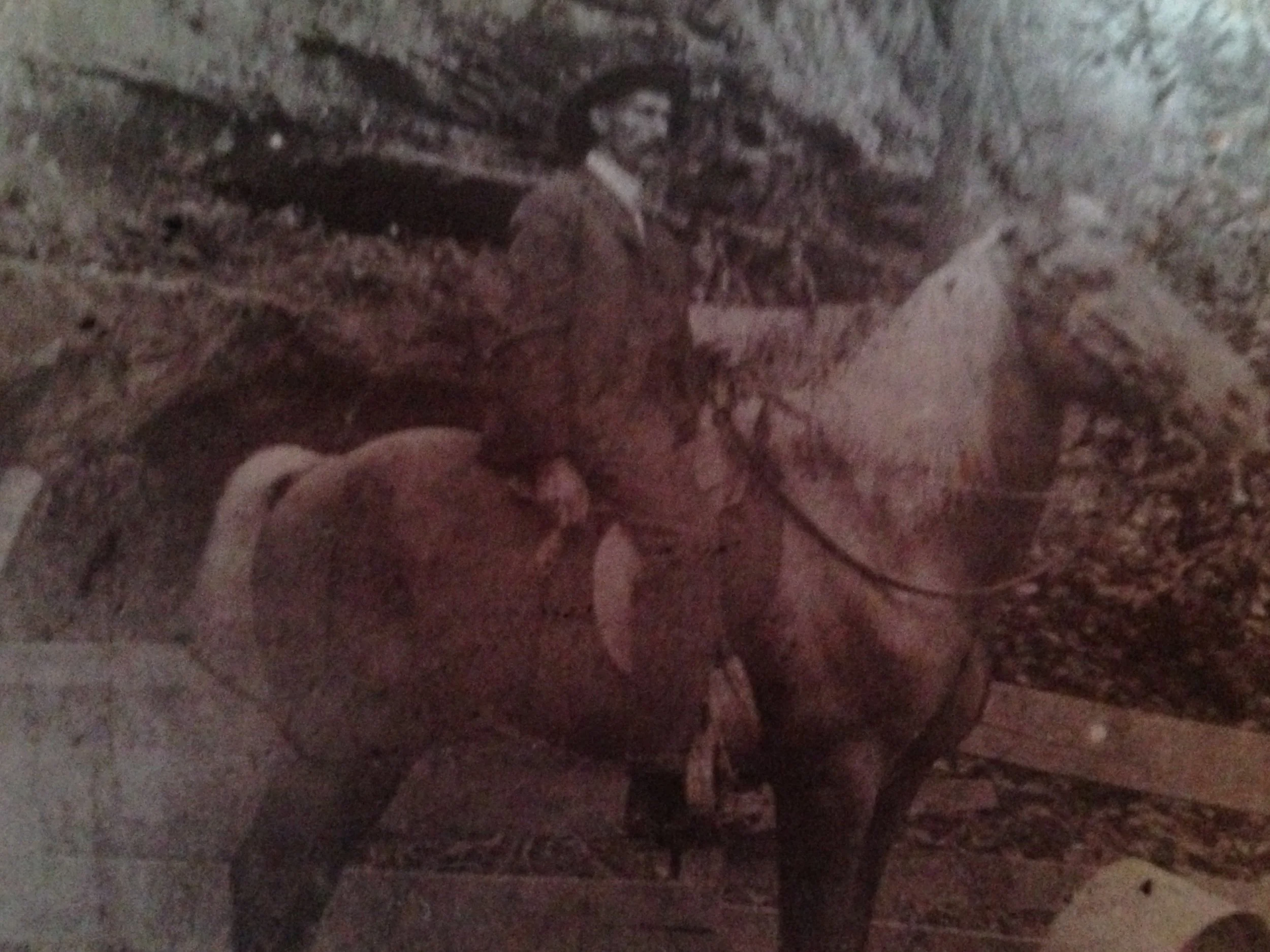

I visited the spring that my Great Grandfather C.D. Phillips (born June 1st 1866) used to drink from and carry water from to his home. Later my grandfather Ethridge Phillips used this same spring and once my dad Earnel Phillips was old enough one of his chores was to carry water from this spring to their home and also lead the milk cow and horses to an area to the right of the spring that was used to water the stock a safe distance away from the family's drinking water supply.


Near this spring is also an area where they would collect clay to use for several projects. This clay is so white that they would often use it to make a white wash to paint the walls inside their home.
If your out hiking and run across a very old homesite here on the Cumberland Plateau chances are if you look close you will find a spring nearby. Often these springs are contaminated today. But years ago these springs would often determine where a family would decide to settle and build their home. They were prized and taken very good care of and cleaned out often to keep from getting clogged up. Now a lot of them no longer flow water above ground or are unsafe to drink from. It was nice to see this one is still there and flowing fresh cool clear water!
( I do not recommend drinking from any spring or water source today without filtering it or boiling it unless you know forsure the water is pure, clean and safe.)
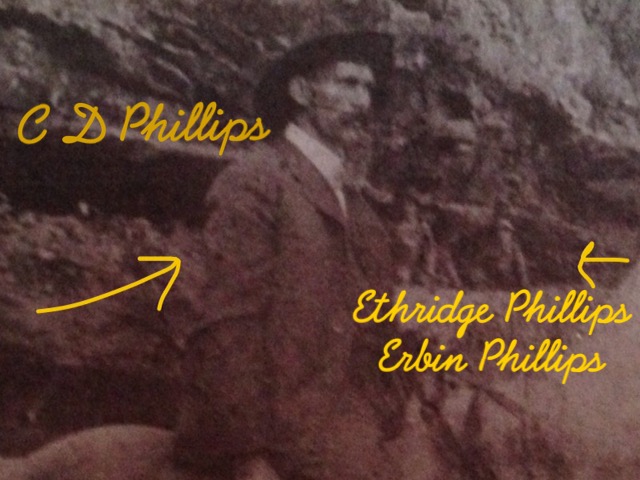
My Great Grandfather CD Phillips My Grandfather Ethridge Phillips and barely visible my Great Uncle Erbin Phillips.
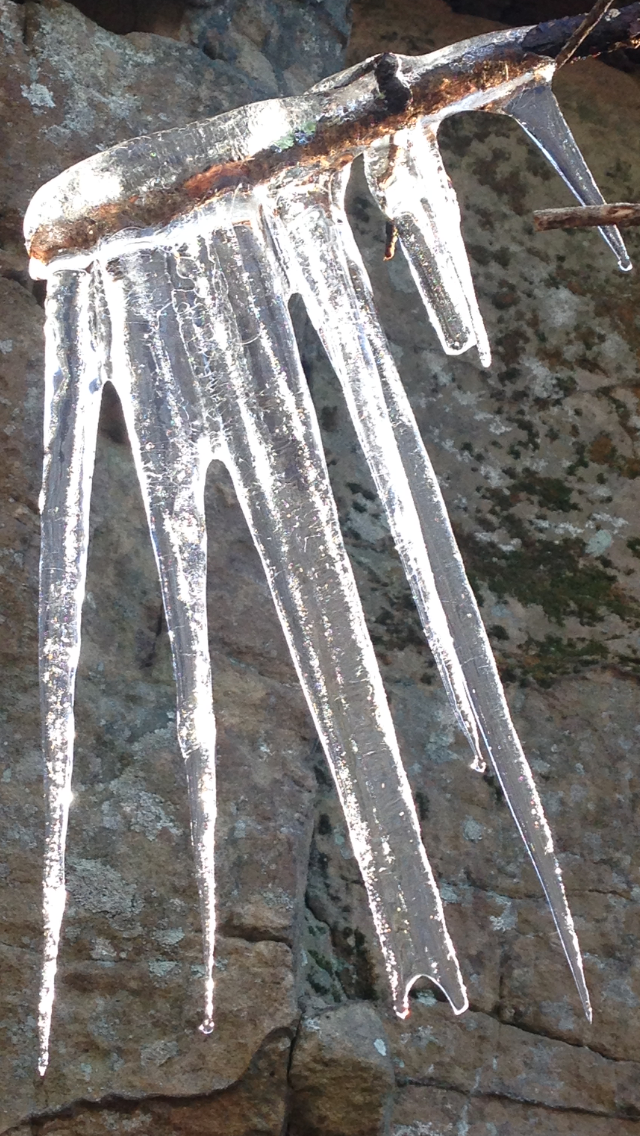

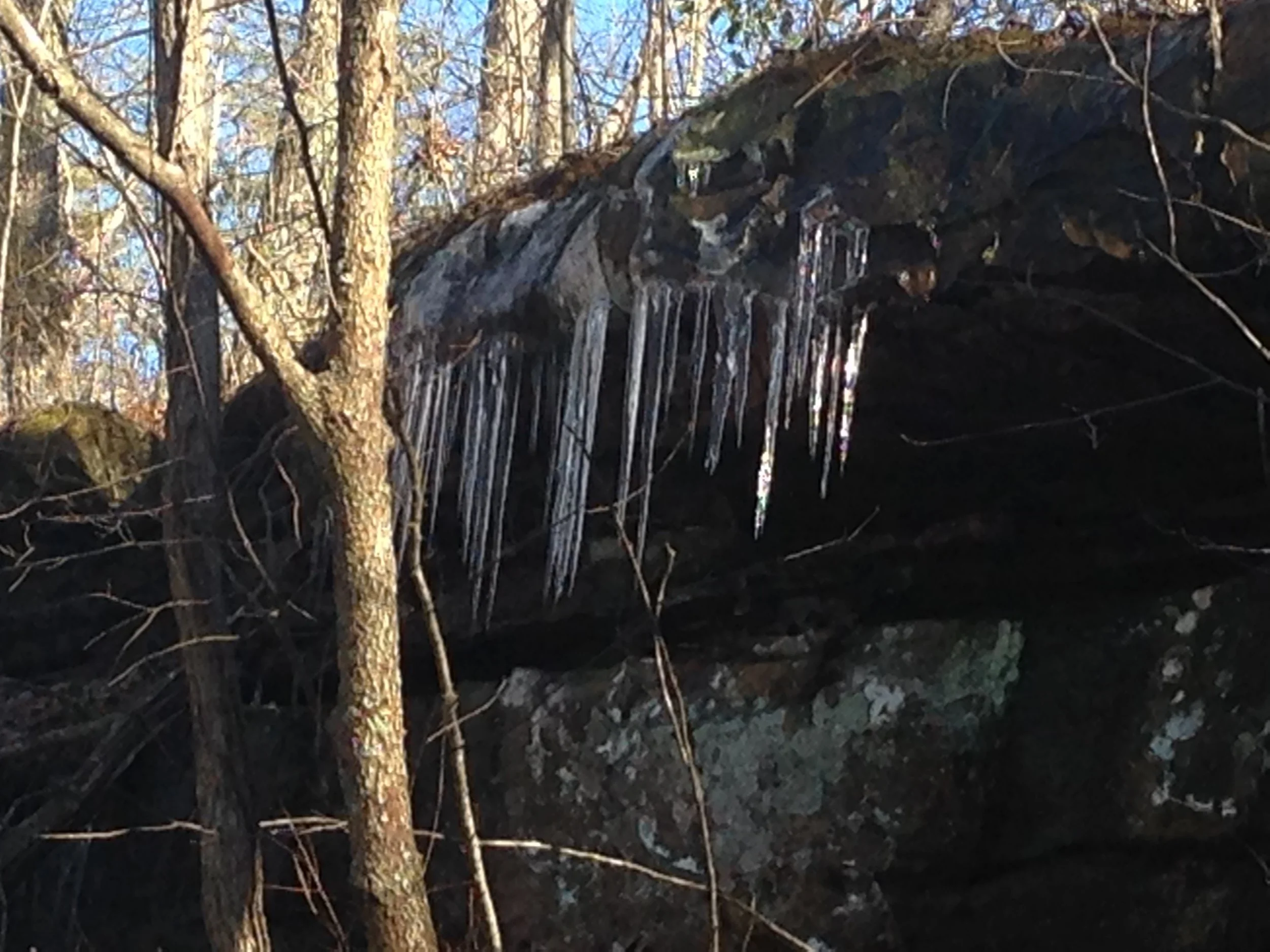


My Grandfather and Grandmother Ethridge and Winnie Phillips and 3 of their children including my Dad Earnel Phillips, my Aunt Maxine and Uncle Robert.

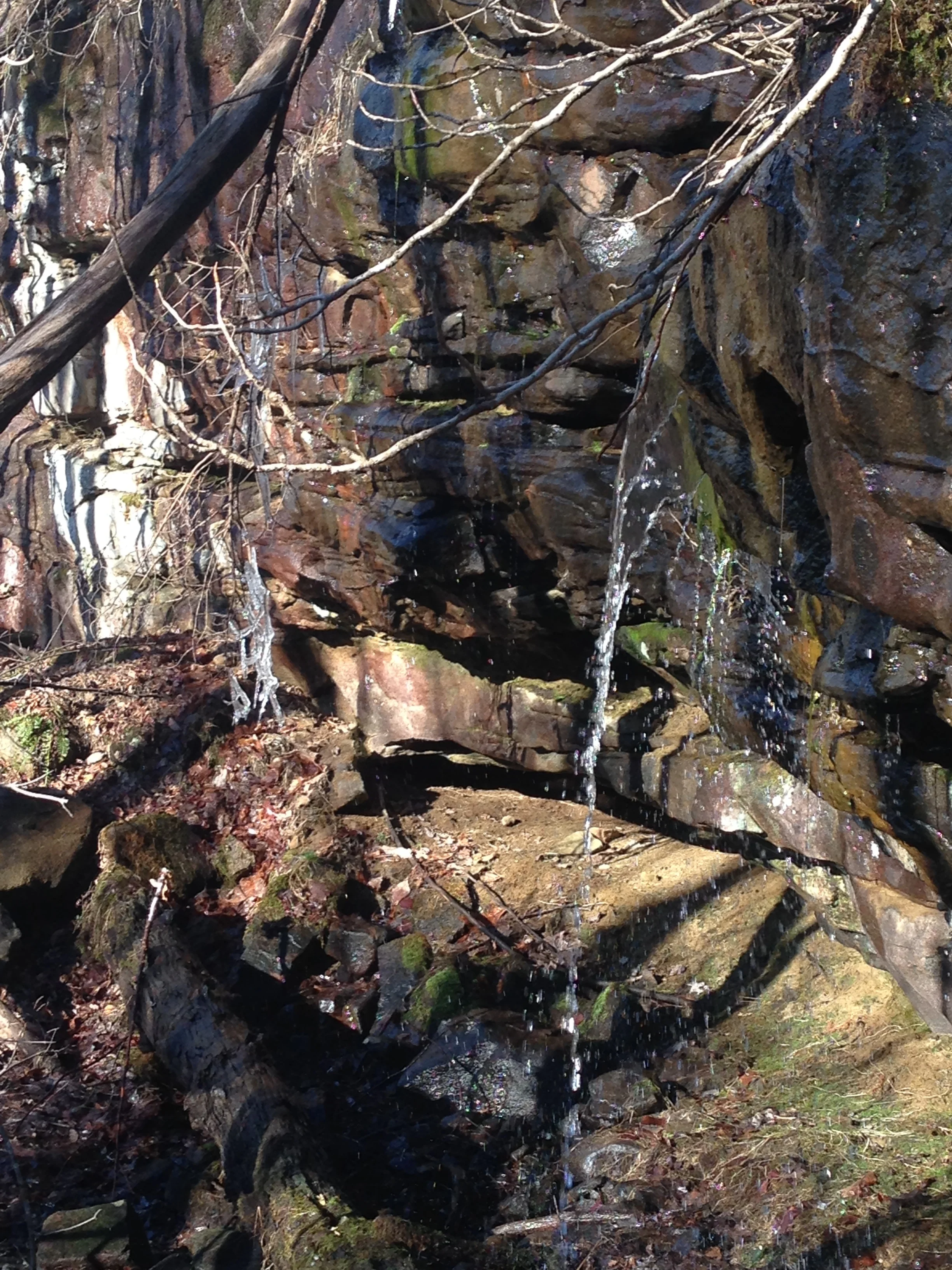


We all know the story of a frogs life as a Tadpole that lives in the water as a baby and then lives on land and water after it matures. But many people don't know the story of the Red Newts life which is a bit more complex and to me even more interesting.
Baby Newts live in the water and at that stage of their life they have gills. Once they start to grow and become older they leave the water and rome the earth usually staying in cool shady areas of the forest.

The juvenile Red Spotted Newt is actually known as an Eft and will live on land for usually 2 to 3 years but sometimes as long as 7 years.

Once they become an adult they will return to the water to live out the rest of their life. As an adult and back in the water they often can change color to more of an olive green body with a yellow belly. They will most often keep their spots at that point in their life also. The Red Spotted Newt can often live for 12 to 15 years of age.
I found and photographed this one inside the Big South Fork NRRA on a warm day back in December.




Happy New Year Everyone! We are excited and ready for 2017!Bring it on lets Get out and EXPLORE !!!!!!!
If your out exploring in nature this Fall and early Winter maybe you will be lucky enough to encounter a Frost Flower!
Although these sometimes look like a flower from a distance they are not actually flowers at all.
Frost flowers are delicate ribbons of ice crystals that form on the lower stems of some plants. These formations depend on a hard freeze occurring while the ground isn't already frozen. This allows the stem of the plant to draw moisture up from the ground. This moisture and sap that's left in the stem of the plant will expand as it freezes and split the stem. This creates thin layers of ice to form into exquisite patterns that curl into almost petal like shapes that resemble a flower.
These flower looking ice crystals have a very short life. Once the rays of the sun fall upon them they melt as quickly as frost.







A few shots and memories of some of our adventures. Let us help you make memories one step at a time!
Here's a few random pics we shot this past week while out on the trails.

The John Muir trail and Sheltowee Trace trails

A nice set of bear tracks along the trail

Mushrooms on the side of a tree

Another huge bear track

If you watch there's still color to be seen in nature at this time of year!

A great place to set up camp and have a bedroom with a view

Alittle color still on afew trees
The Barred Owl (Strix varia) is a very beautiful bird of prey with dark brown eyes and a brown and white striped plumage. Barred Owls eat a wide variety of small animals such as squirrels, chipmunks, mice, rabbits and even other birds just to name some of its diet. Owls play a major role in helping keep the rodent populations in check.

Even though you may live in a rural area or sometimes even in town you may share the area with a Barred Owl. Although these birds of prey are more common and seem to thrive more in the backcountry they have been seen in cities and towns.
Barred Owls have been around our area for many years. Pleistocene fossils of these birds have been found in Tennessee, Florida, and Ontario dating all the way back to at least 11,000 years ago!
The most dangerous natural predator to the Barred Owl is the Great Horned Owl which will eat the Barred Owls eggs , their young and occasionally even killing and eating an adult Barred Owl.
One of my favorite pastimes at night while in the backcountry on our backpacking adventures is to sit and talk with the Barred Owls. I've had as many as 5 at a time calling back to me simultaneously as if we are actually having a conversation. I've even had them fly into the area a sit overhead as they check my campsite out.
If you listen really close to a Barred Owls call it's almost as though he's saying ("Who cooks for you? Who cooks for you all?") If you haven't had the chance to see and hear one of these Owls I hope you do in the near future. It's pretty amazing!


The Osage Orange tree is actually not a Orange tree at all. It is known by several names and to just name a few : Bow Dock, Bo Dark, Hedge Apple and Mock Orange.
The wood from an Osage Orange tree is heavy, hard and strong. It is also very flexible.
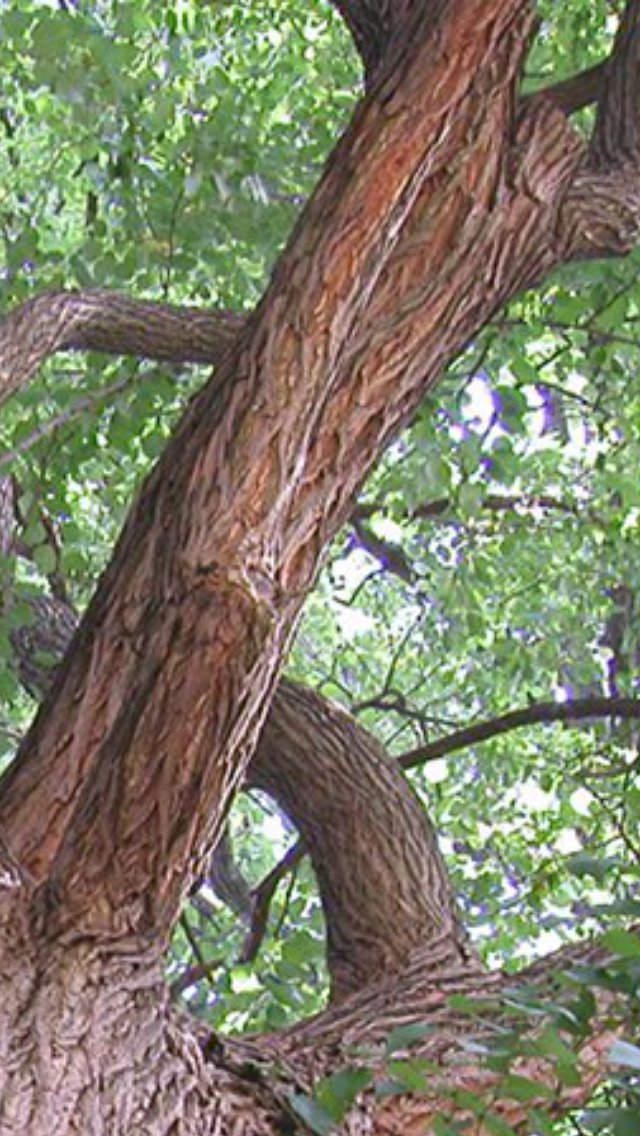
It's said that several of the Native Americans used this wood to make war clubs and bows . It's also known that they would travel many miles in search of these trees to make their bows. The wood was so valued by the Native Americans that a good Osage wood bow would have had the same value and could often be traded for a good horse and a blanket.
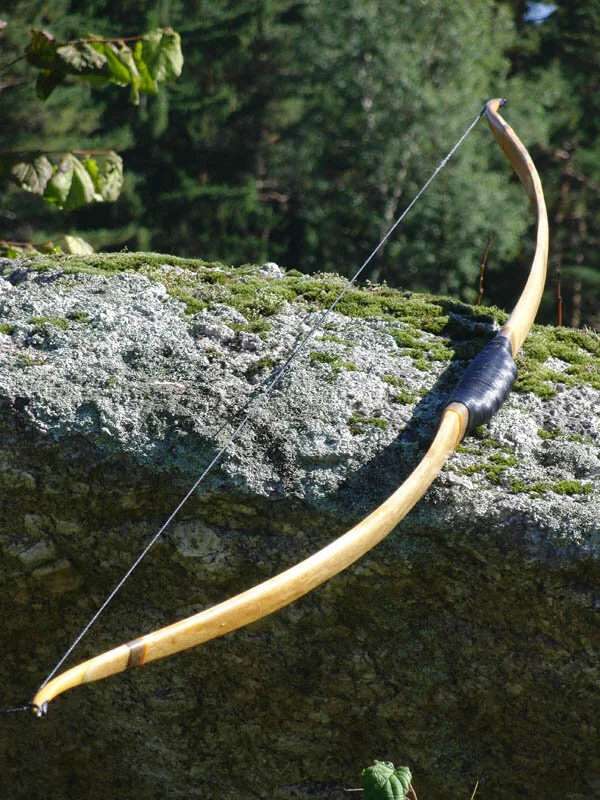

The seed inside the large fruit is eaten by some wildlife but not a major food source for any of them. Trust me this isn't a fruit you want to eat at all. When the fruit is scratched it will produce a milky latex looking sap that can cause skin irritations in some people. The fruit has been known to be used by some people as an insect repellent.

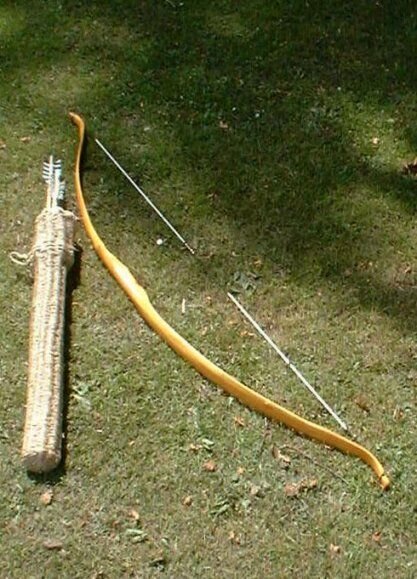

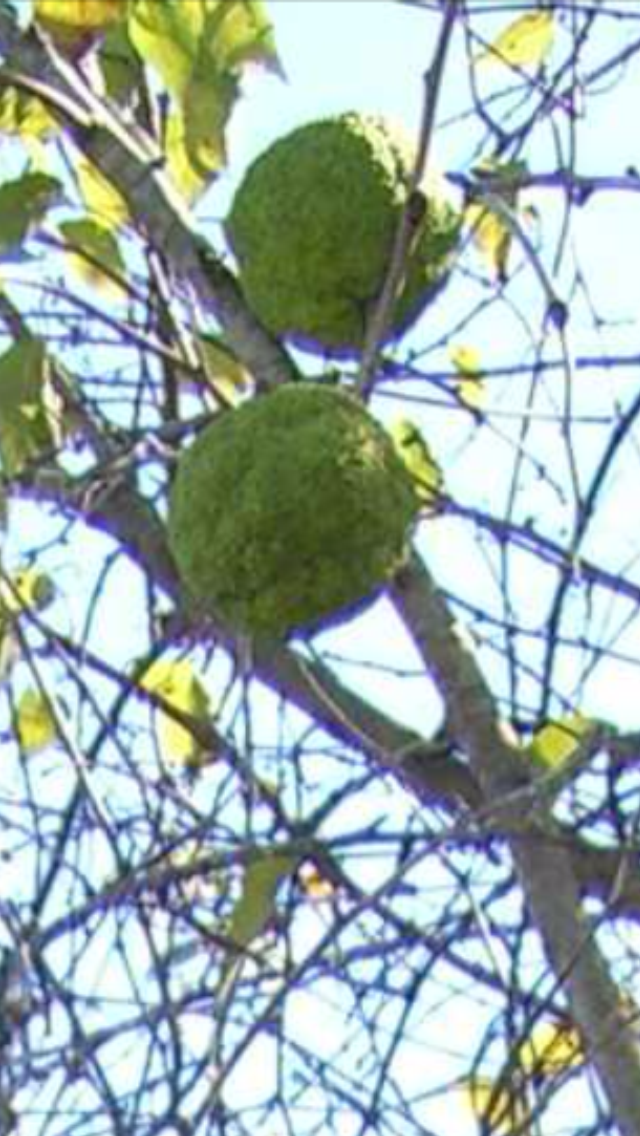

We are about to experience what some of the Native Americans called the Full Hunters Moon.
The Full Hunters Moon always follows September's Harvest Moon. The month of the Hunters Moon is in October and during this time the leaves begin to change color and fall. The acorns and other mast begin to drop from the trees. This means the wild game such as deer, bear, turkey and many others all begin to get fat in preparation for the long harsh winter months ahead making them alittle easier to be hunted.
This was an important time of year to begin hunting to lay a store of meat and provisions back for the long winter ahead.
It's easy to understand why this moon was known by so many as the Hunters Moon.
If you have the chance check it out and as you see the Hunters Moon reflect back on the ones who walked this land before us.


The American Chestnut tree (Castanea dentata) was once one of the most common and important tree species in the Eastern United States. These trees were absolutely huge in some areas. It was common to see these trees reach over 10ft. in diameter and well over 100 feet tall.

This tree was referred to by many as the tree which took care of you from "the cradle to the grave". Meaning, when you were born you often would be placed in a cradle made from the wide Chestnut boards. Later in life, you would gather and eat the very nutritious nuts from the tree. The nuts also provided food for both people and wildlife. Squirrels, bear, turkey, deer and other animals depended greatly opon these nuts for food. In fact many families would gather and store these nuts to be eaten during the winter months, even gathering extra to help fatten hogs and feed other livestock. Many people built their homes and barns from the Chestnut tree logs and lumber, split shingles for the roof, split rails for fences and once your time on earth was finished your coffin would have more than likely been built from the wide boards of a Chestnut tree. Due to the large amount of tannic acid it was a very rot resistant lumber. It is easy to understand the meaning of the phrase "the tree that took care of you from the cradle to the grave".

At first one might think that these trees may have been driven into near extinction by over harvesting and the greed of man, but the American Chestnut was to suffer a much different fate which has almost completely wiped them out.

In 1904, a very unfortunate event happend. Japanese and Chinese Chestnut trees were imported into the United States to be planted at the Bronx Zoological Park in New York City. These trees were infected with a fungus which can be spread thru the air called (Cryphonectria parasitica) or the Chestnut blight.
This blight quickly spread thru the air to some of our native Chestnut trees which had no resistance to the fungus, and they quickly began to die off. From 1904 to around 1940, the blight had spread throughout the entire home range of the American Chestnut tree. Within only a few decades , the Chestnut blight had killed over 4 billion trees on more than 200 million acres of Eastern North America.
Very few of these trees remain, and of the ones that are found today, many of those are just sprouts off the actual root system of the huge tree that once stood in it's place.
But thankfully, there is still hope for these trees! There are many fighting to save this tree. Research has been discovered by backcrossing the American Chestnut with an Asian Chestnut that is blight-resistant, but still almost completely American, with all the qualities of the giant, majestic trees we saw a century ago maybe able to survive. Only time will tell if we can save the American Chestnut tree.

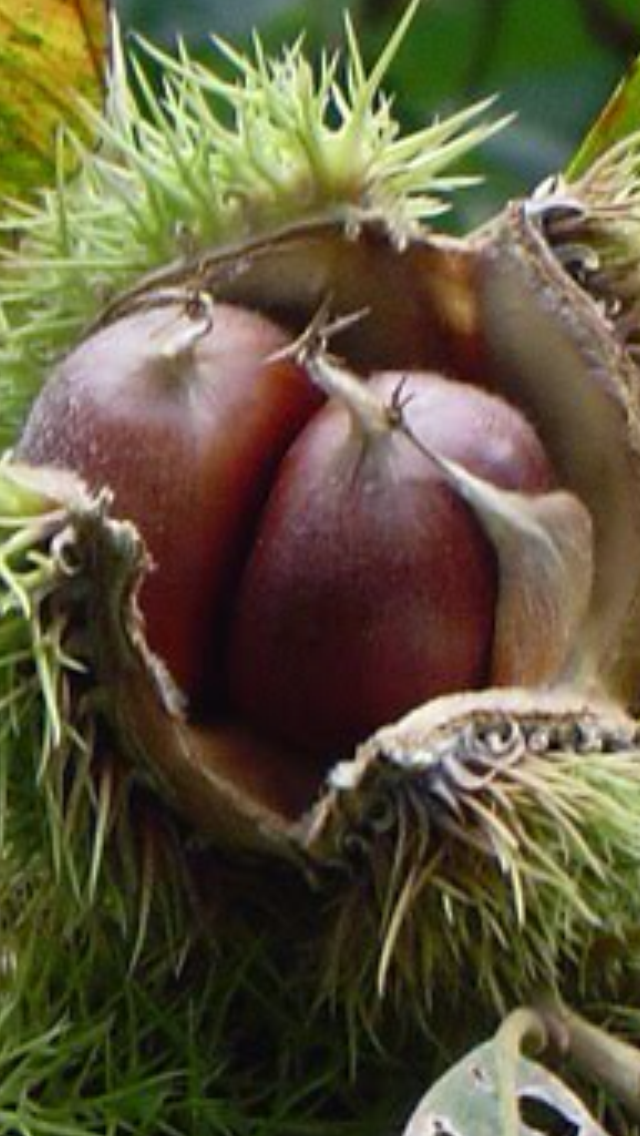


We found this huge American Beech Tree on one of our recent hiking trips. The American Beech (Fagus grandifolia ) is a native to the US and especially to the eastern United States and extreme southeast Canada.
This one is certainly not the biggest we have found while out exploring. These giant trees can reach well over 100ft tall and be several ft. round.
Beechnuts are food to many wild animals such as bear, deer, squirrels, grouse and turkey just to name a few.
We find these trees often on our hiking and backpacking trips but we are always amazed at these giants of the forest!

